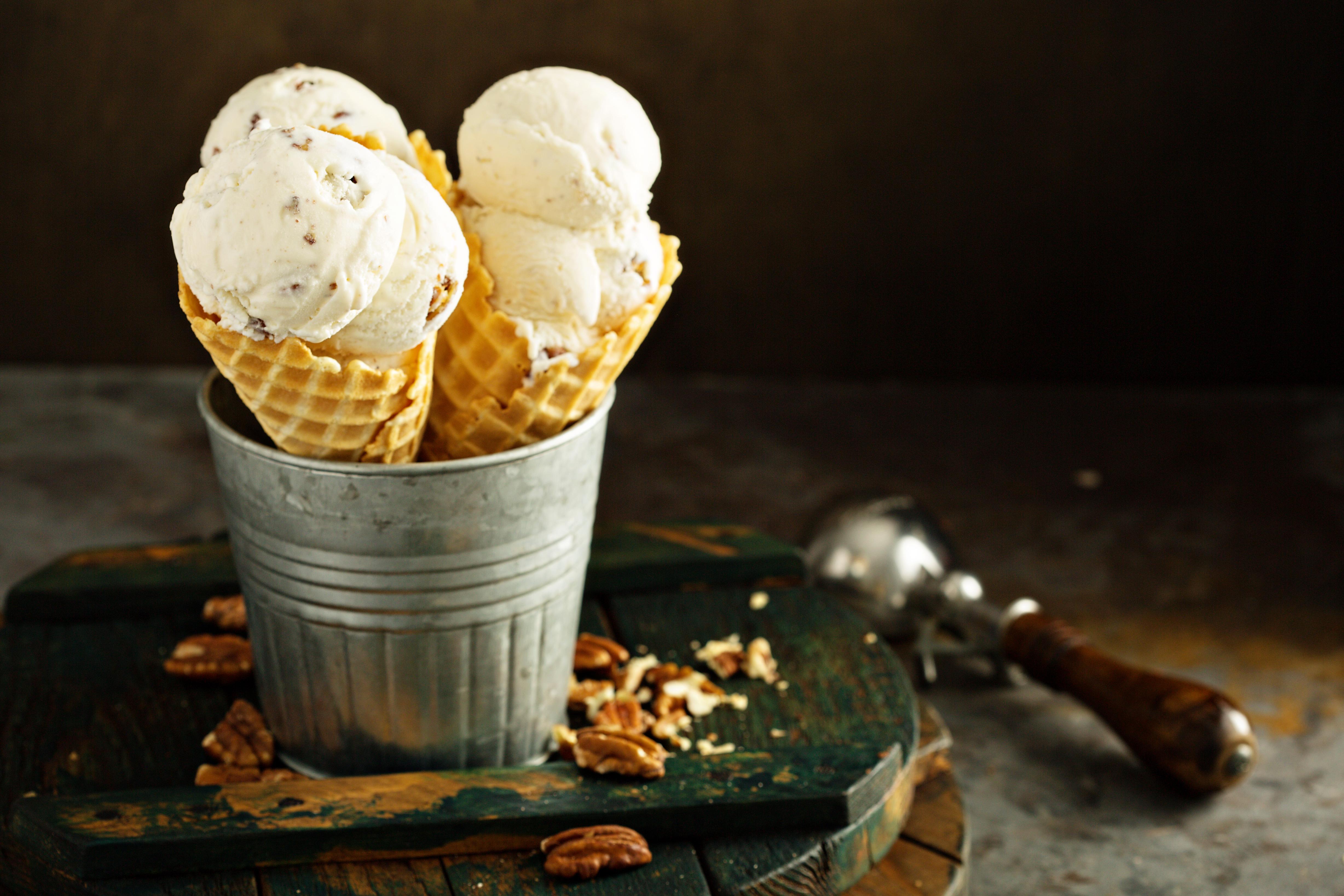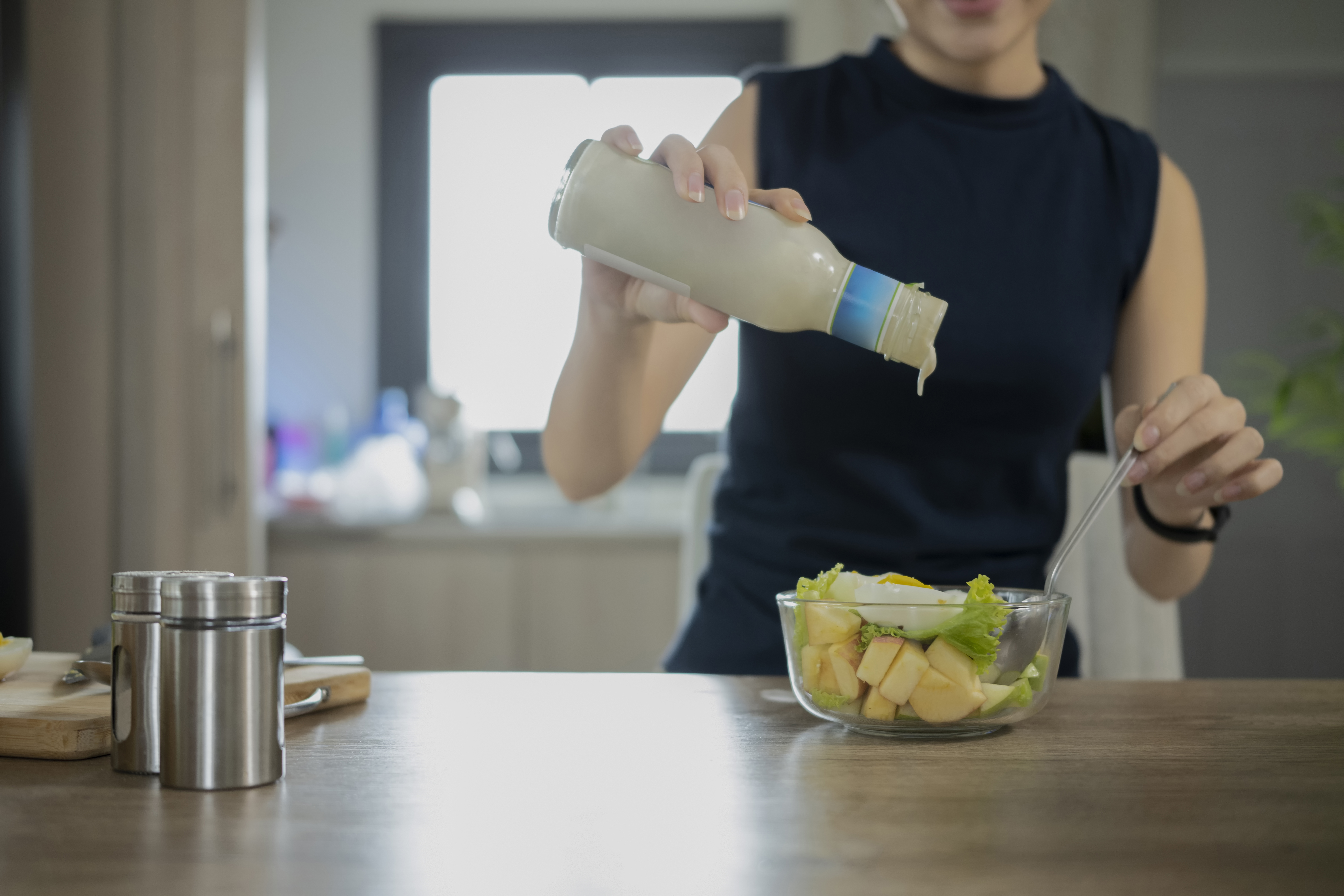Cholesterol Culprits: Innocent-Looking Foods Stealthily Raising Your Levels
5. The Creamy Culprit - Ice Cream

Ice cream, a beloved dessert, is another surprising delight that can secretly raise cholesterol levels. Its creamy texture is achieved through the use of high-fat dairy products, which are rich in saturated fats and cholesterol. A single serving of ice cream can contain up to 20 grams of fat, with a significant portion being saturated. This indulgence can contribute to increased LDL cholesterol and, over time, impact heart health. For ice cream enthusiasts, the key is to enjoy this treat in moderation and explore healthier alternatives. Many brands now offer low-fat or non-dairy options made from almond, coconut, or soy milk, which can satisfy sweet cravings without the cholesterol. Additionally, homemade ice cream using yogurt or fruit-based sorbets can provide a refreshing alternative with less fat and sugar. Balancing indulgence with health is possible by being mindful of portion sizes and choosing lower-cholesterol options. Ice cream can still be a part of a heart-healthy diet when consumed occasionally and in moderation. By exploring creative alternatives and making conscious choices, you can enjoy the creamy delight of ice cream while keeping cholesterol levels in check.
6. The Salad Saboteur - Dressings

Salads are often associated with healthy eating, but the dressings used can turn them into cholesterol-raising dishes. Creamy dressings like ranch, Caesar, and blue cheese are typically high in saturated fats and cholesterol, often overshadowing the nutritional benefits of the vegetables. Even vinaigrettes, if made with oils high in saturated fats, can contribute to elevated cholesterol levels. Creating heart-healthy salads requires careful selection of dressings. Opting for dressings made with olive oil, vinegar, or lemon juice can enhance flavor without adding cholesterol. Homemade dressings allow for control over ingredients, ensuring a healthier choice. Incorporating herbs, spices, and mustard can add depth and taste without the need for heavy creams or cheeses. Salads can be a nutritious and satisfying meal when prepared thoughtfully. By focusing on fresh ingredients and choosing dressings wisely, you can enjoy a delicious salad that supports heart health. Remember, the key is to complement the natural flavors of the vegetables rather than mask them with high-cholesterol toppings. With a few adjustments, you can transform your salads into heart-healthy delights.
